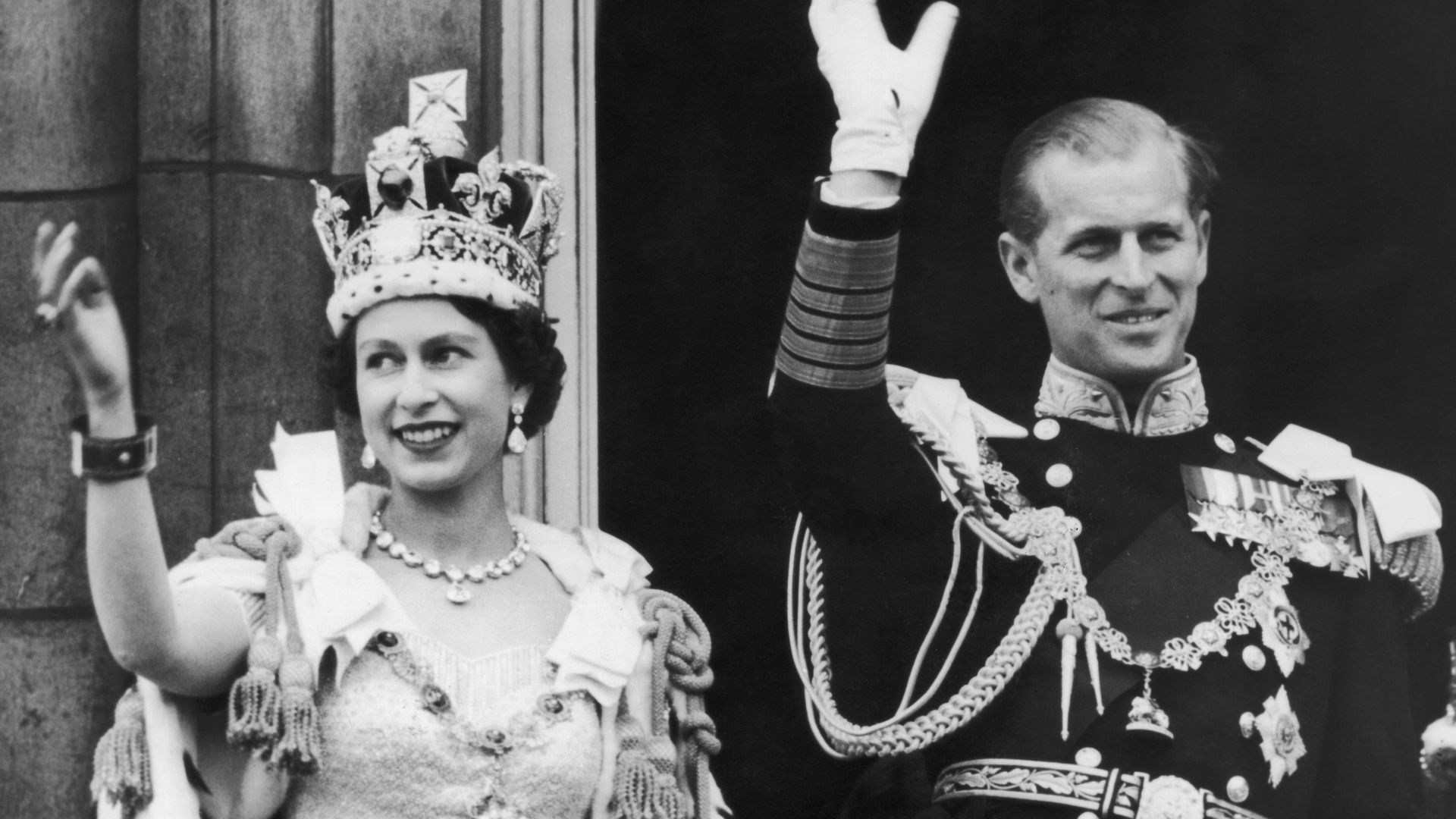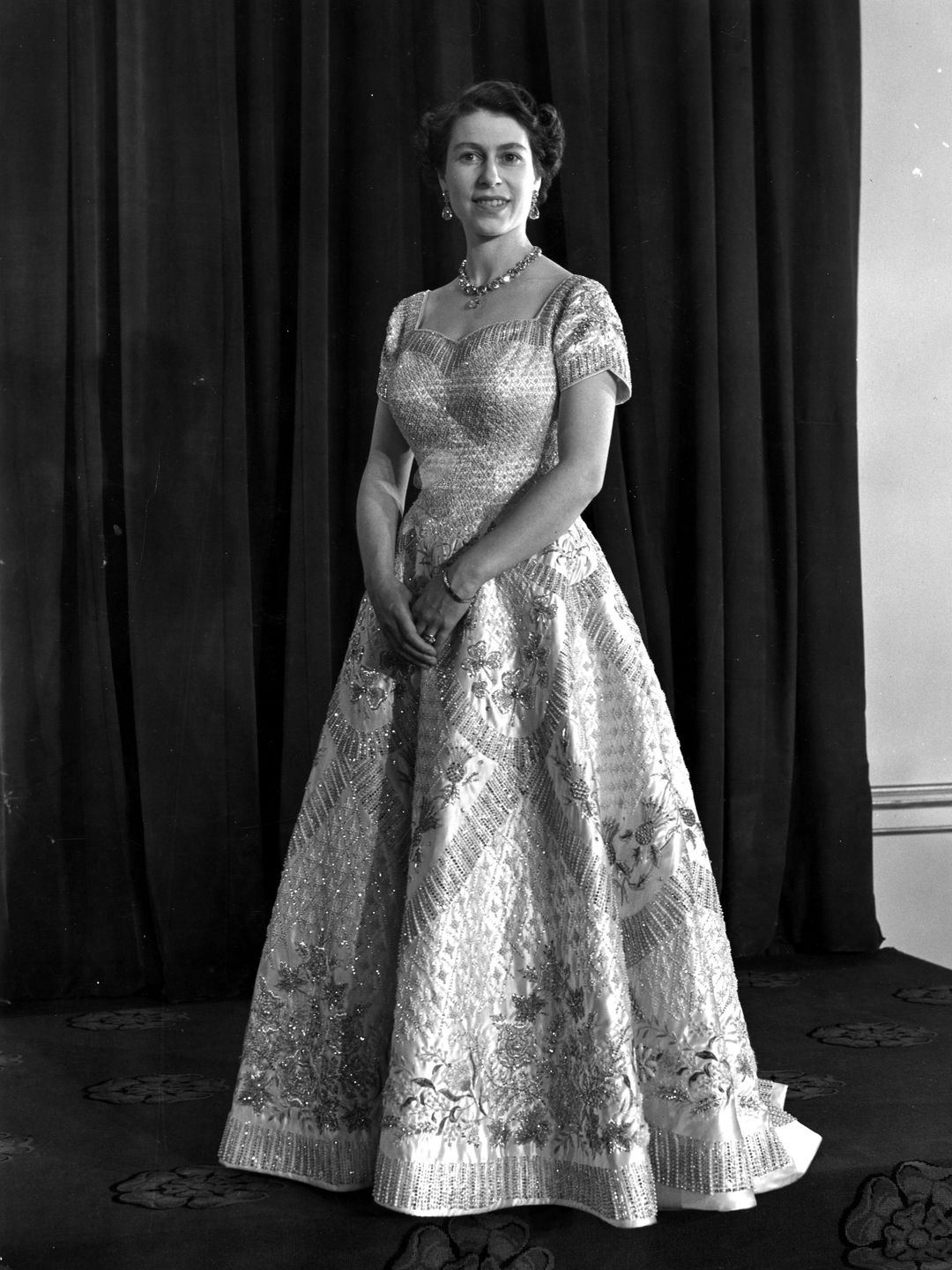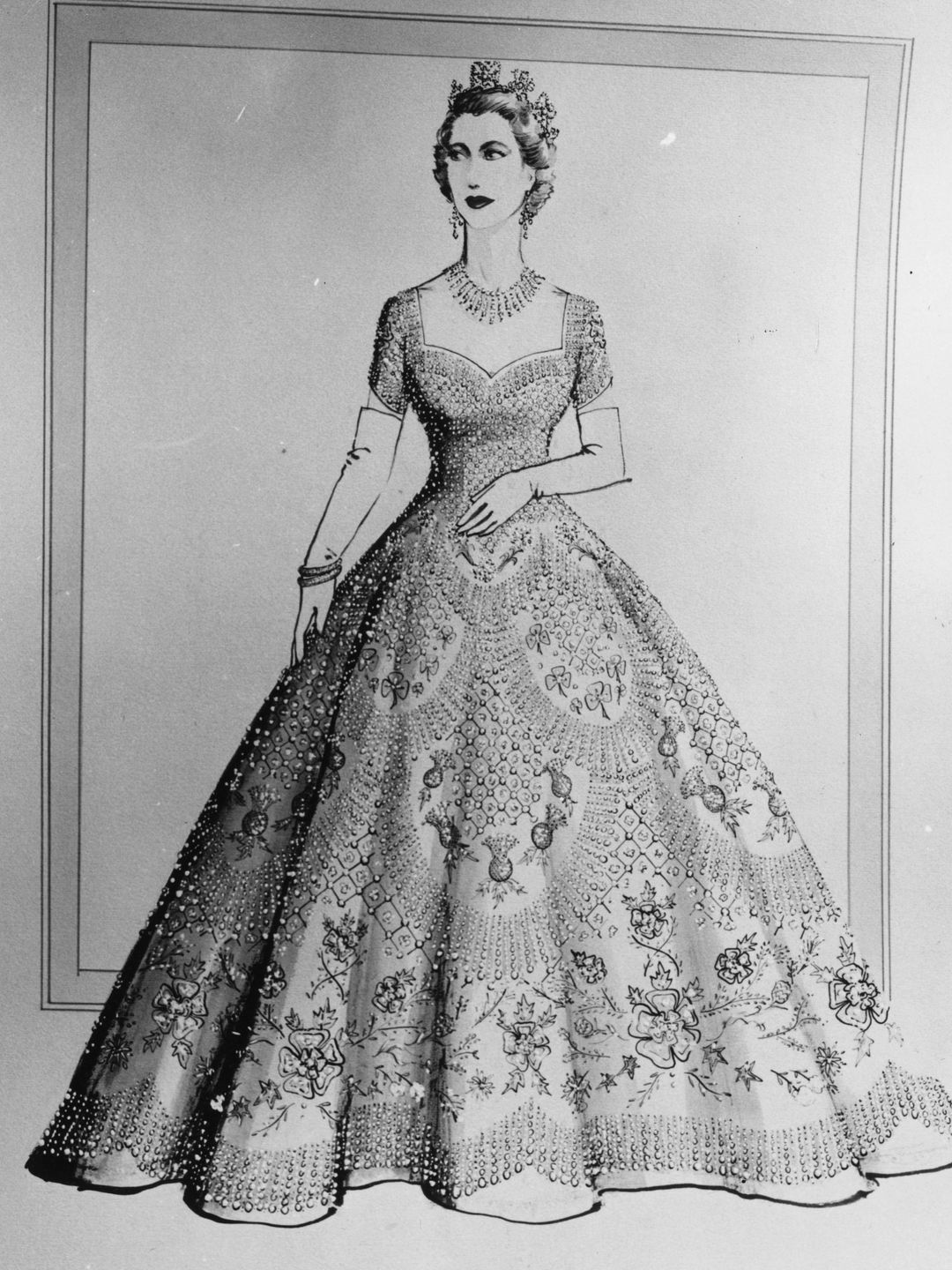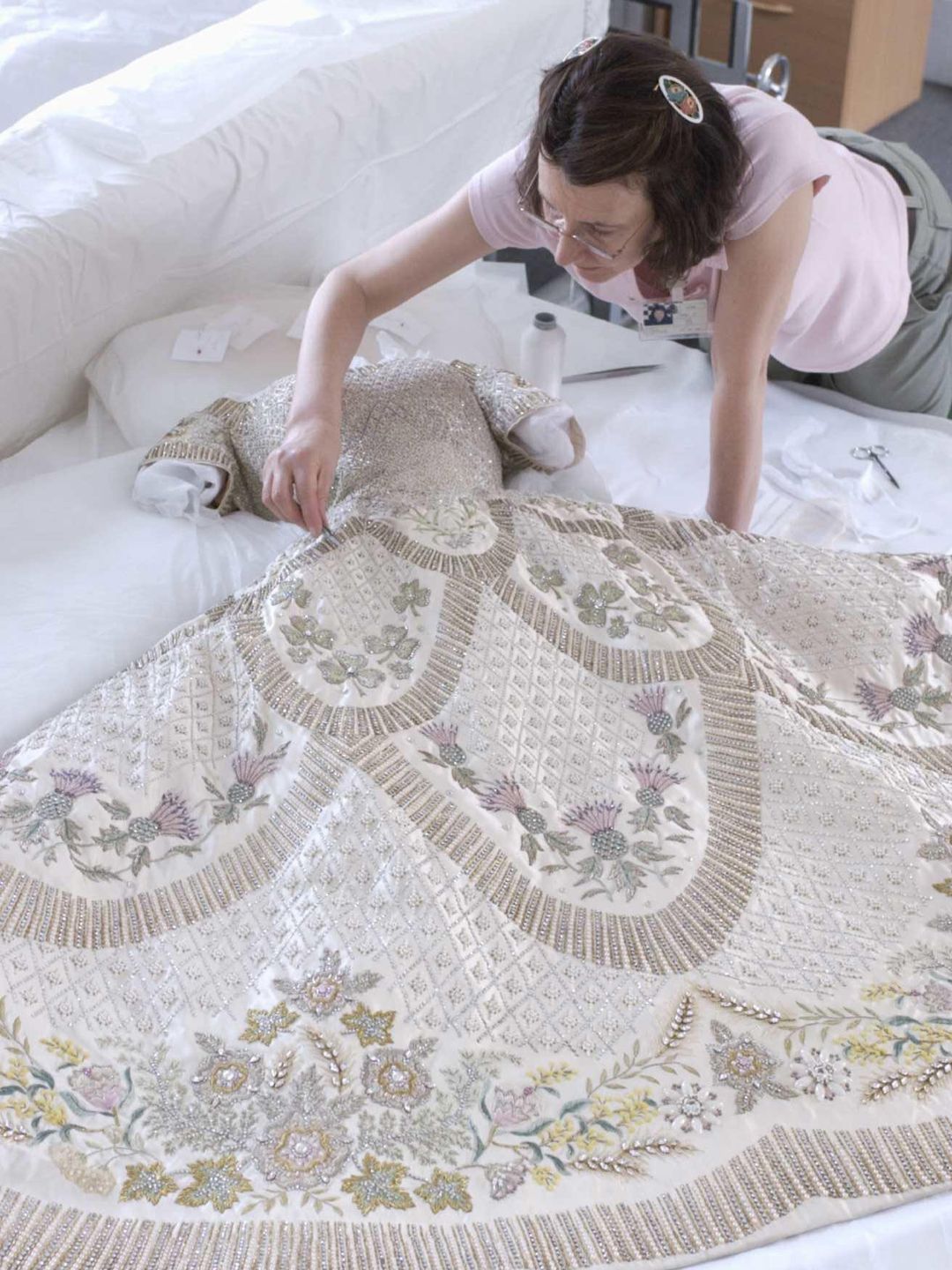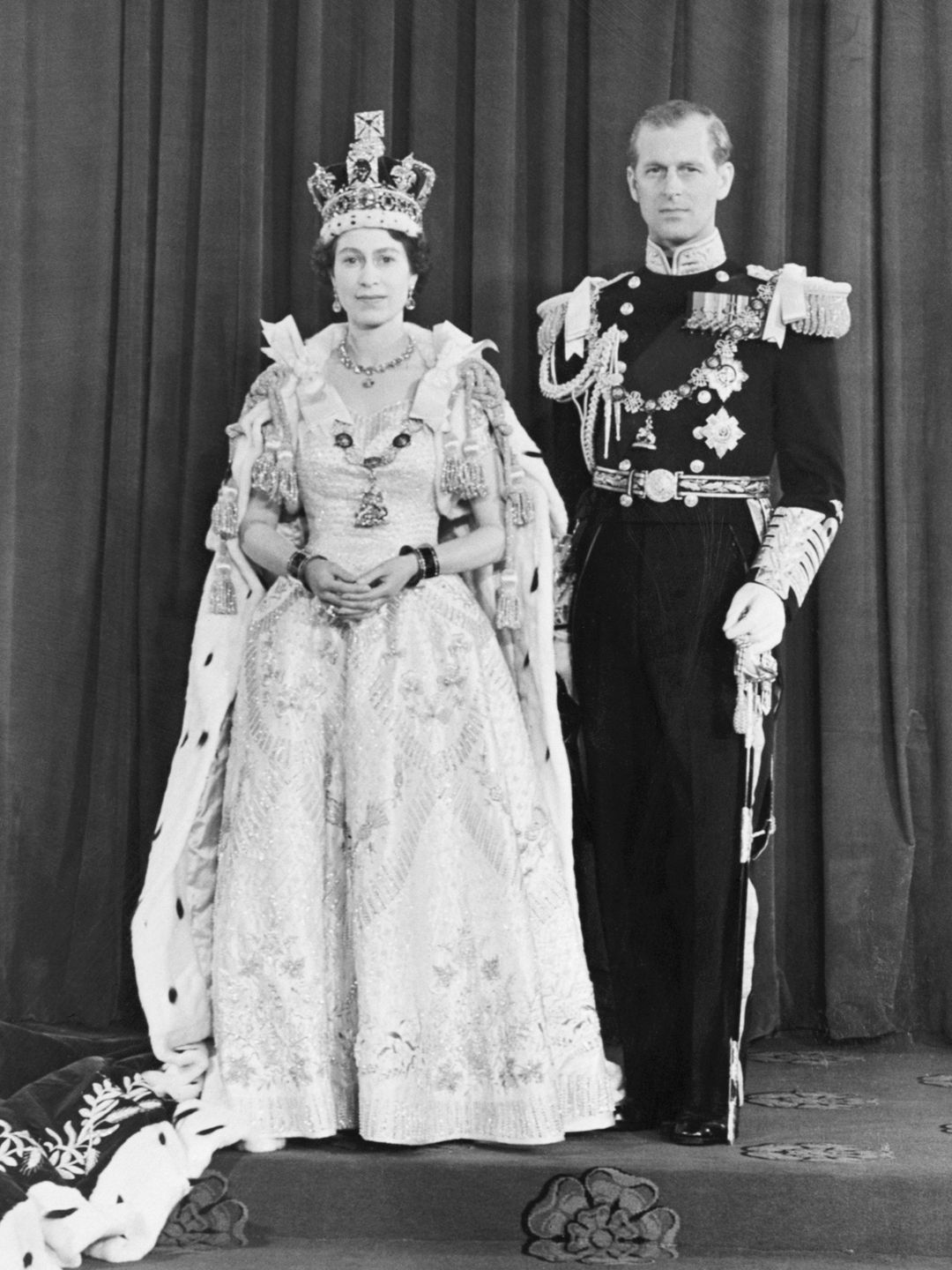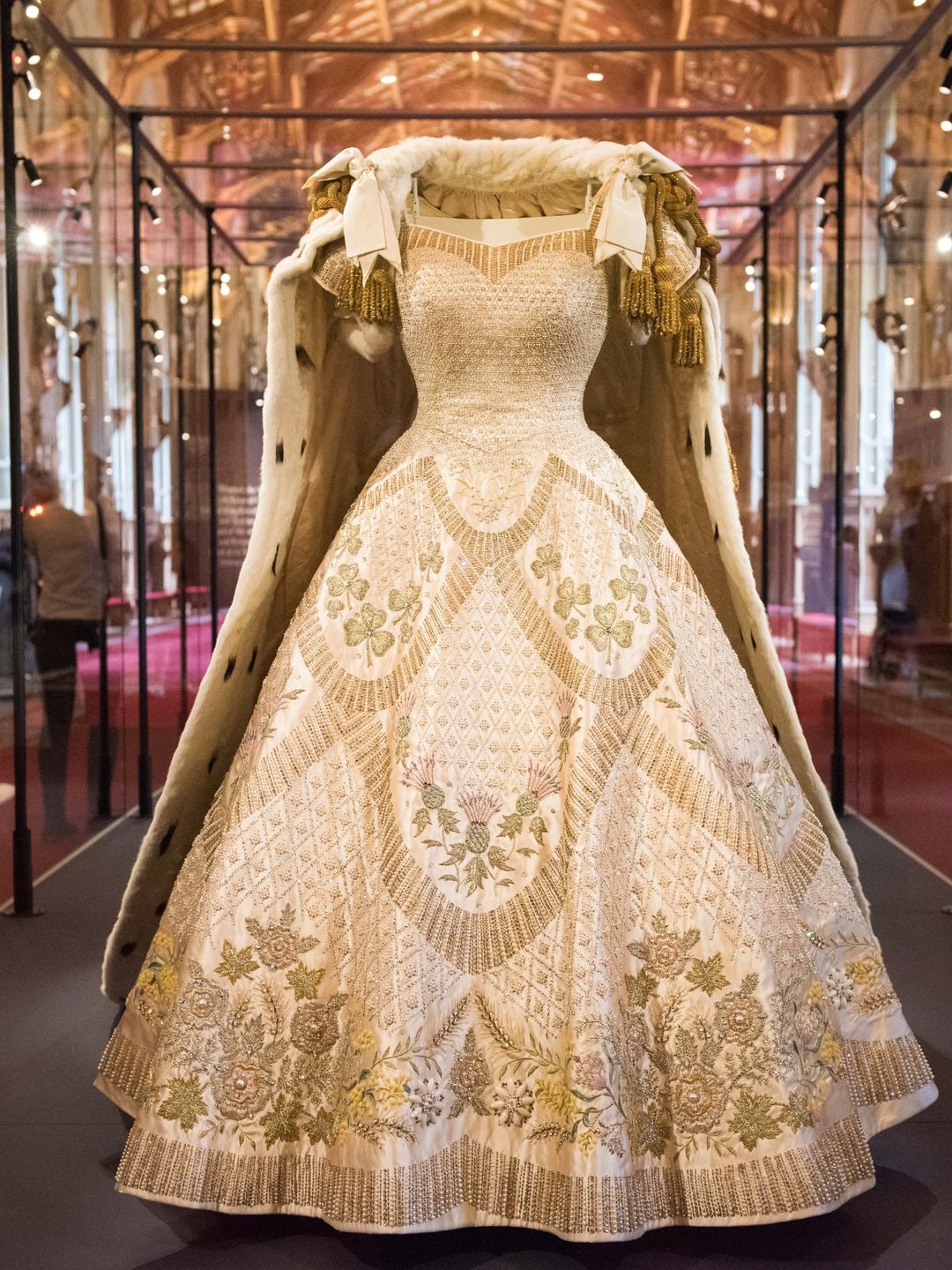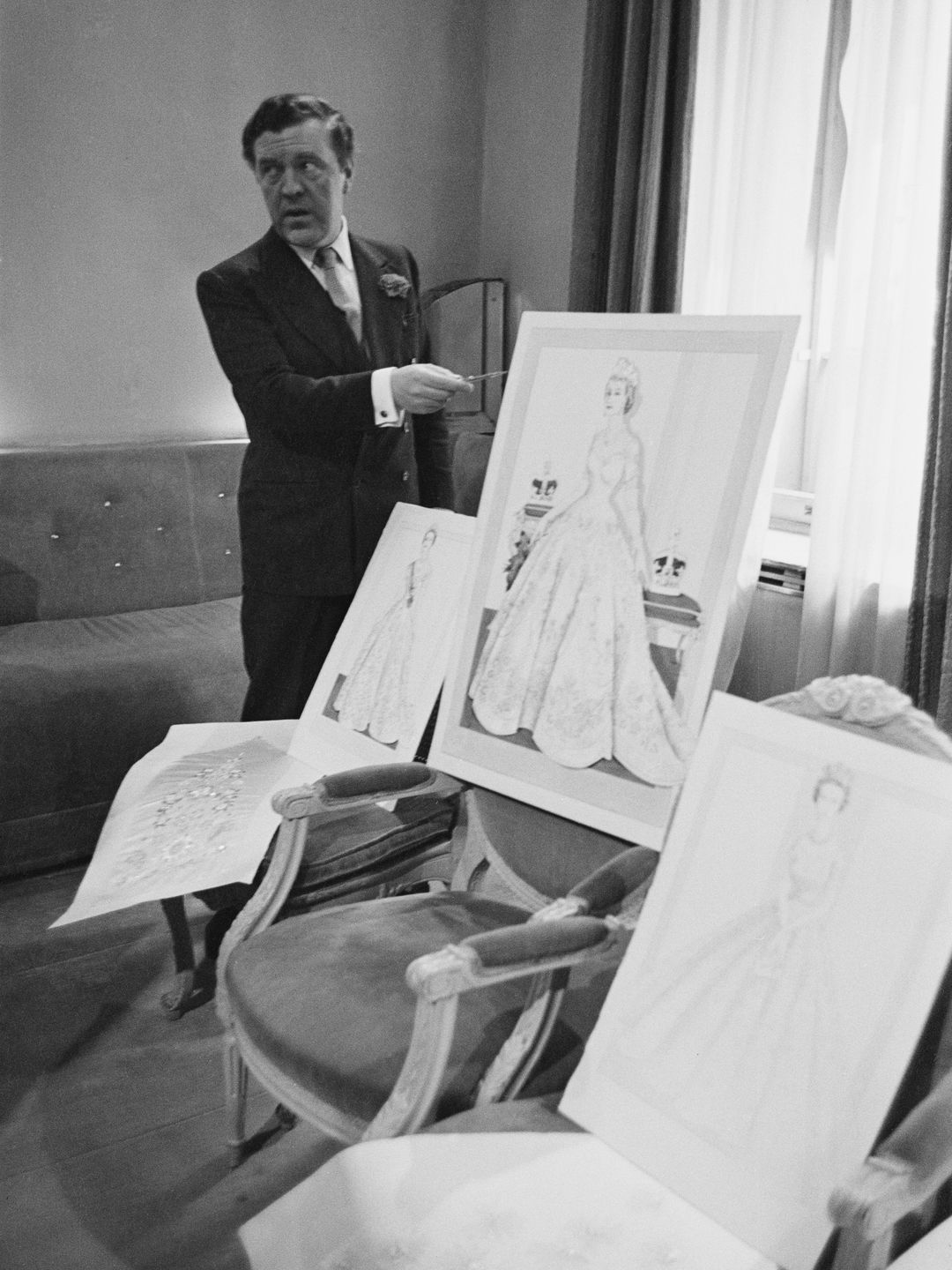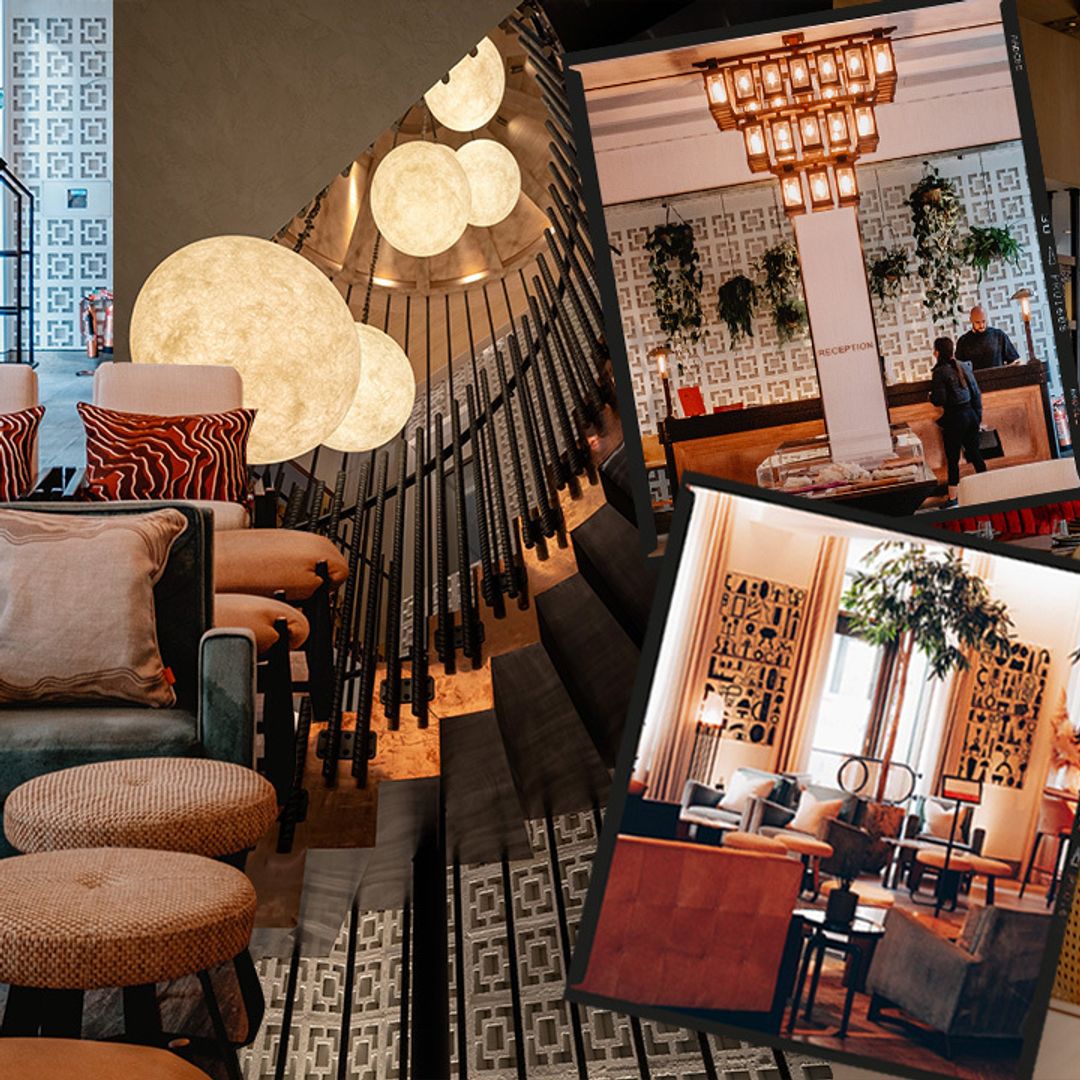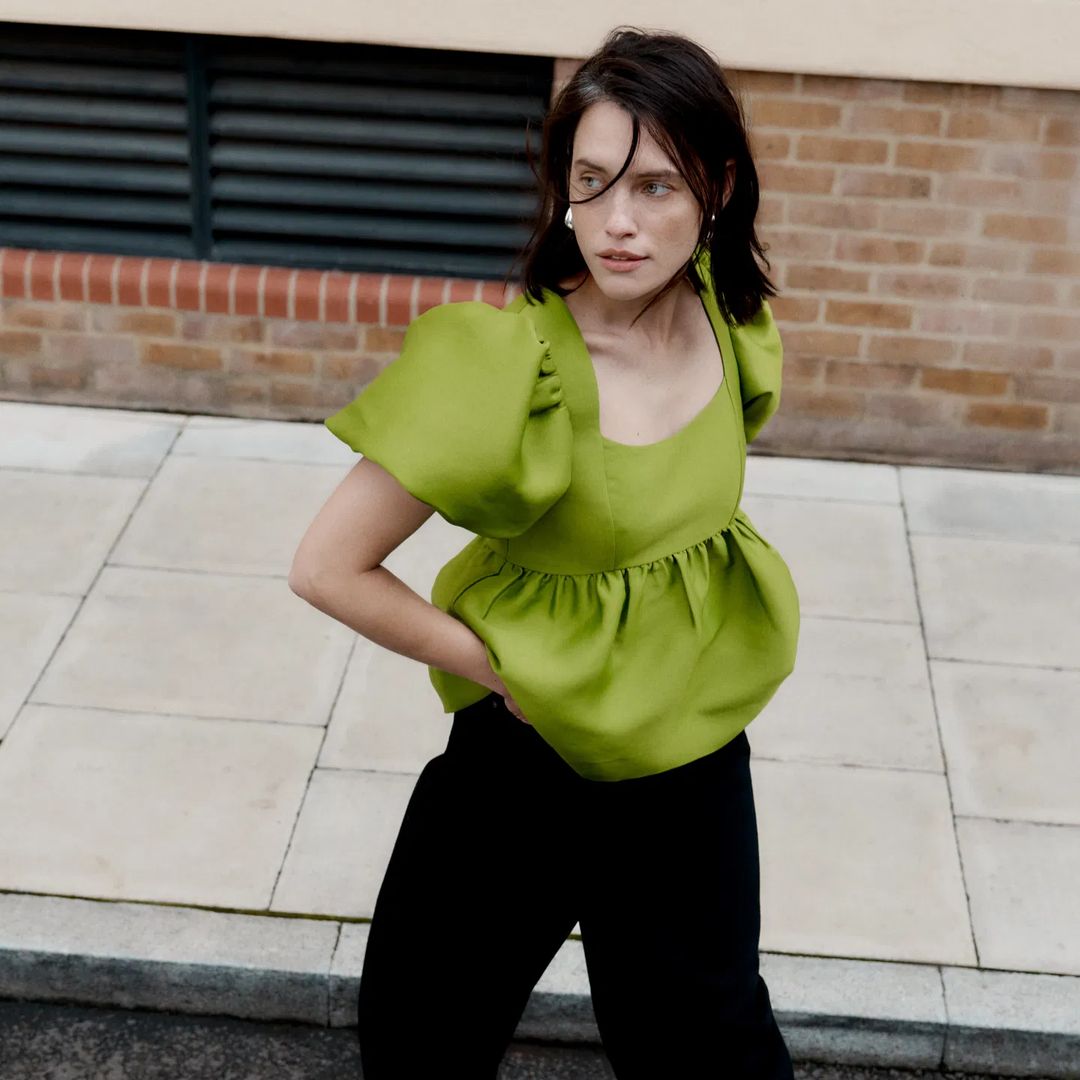The late Queen Elizabeth II's own Coronation took place on June 2 1953, and according to the Royal Collection Trust, the gown that she wore is now regarded as one of the "most important examples of twentieth-century design".
With King Charles III's Coronation just a mere few weeks away, many of us are thinking about the pomp and pageantry that goes into such a momentous occasion. We take a look back at one of the most spectacular fashion moments in British history:
What is the story behind the Queen's Coronation dress?
Suffice to say, a tremendous amount of effort went into the late monarch's gown. British fashion designer Norman Hartnell was entrusted with the mammoth task of designing the piece in October 1952.
"One October afternoon in 1952, Her Majesty the Queen desired me to make for her the dress to be worn at her Coronation," Norman wrote in an abridged extract from his autobiography. "I can scarcely remember what I murmured in reply. In simple conversational tones the Queen went on to express her wishes. Her Majesty required that the dress should conform in line to that of her wedding dress and that the material should be white satin. It was almost exactly five years earlier that I had put the final touches to the dress which, as Princess Elizabeth, she had worn on the day of her wedding to the Duke of Edinburgh."
READ: What time is the King's coronation concert, who is playing and how to watch?
MORE: Rare look at Queen Mother's dress in exclusive behind-the-scenes glimpse at Hampton Court Palace
"When my first exhilaration was over, I settled down to study exactly what history and tradition meant by a 'Coronation dress'. I visited the London Museum and the London Library and leafed through authoritative tomes."
After conducting some research, Norman submitted a selection of designs to the Queen and she accepted the eighth version, after suggesting to Norman that some coloured embroidery should be added to differentiate the dress between that which she wore on her wedding day. The finalised sketch included all the emblems of Great Britain and Ireland (The Tudor Rose for England, The Thistle for Scotland, The Shamrock for Ireland and The Leek for Wales), and emblems from all the other Dominions at the Queen's request.
READ: Meet the bestselling author, royal expert joining HELLO! for live coronation coverage
MORE: 14 Stylish coronation jewellery gifts: From Pandora's tiara charms to unique Etsy crown rings
What is the Queen's Coronation dress made from?
The gown was made from the finest white duchesse satin, and featured lustrous silk embroidery in gold, silver and pastel colours as well as rich embellishment – think seed pearls, sequins and crystals. The silk was produced at Lady Hart Dyke’s silk farm at Lullingstone Castle, Kent and was woven by Warner & Sons in Essex. The embroideries are arranged in three scalloped, graduated tiers.
Where is the Queen's Coronation dress kept?
The exact location where the Queen's Coronation gown is kept is unknown – likely a special archive, but last year around the time of the Platinum Jubilee it was displayed at Windsor Castle, along with the Robe of Estate in St George's Hall.
Did the Queen ever wear her Coronation dress again?
According to Royal.uk, the Queen wore her Coronation gown six times after the ceremony, including at the Opening of Parliament in New Zealand and Australia in 1954.
How heavy was the Queen's Coronation dress?
The exact mass of the Queen’s gown is not known, but with all that embellishment it would have been extremely weighty. The ermine-trimmed Imperial Robe alone (which she wore over the top) weighed 15lbs, and took 12 seamstresses from the Royal School of Needlework 3,500 hours to complete.
Who is Norman Hartnell?
Norman Hartnell was the first couturier to be knighted, and received the honour in 1977 around the time of the Silver Jubilee. For many years he worked closely with the royal family, Hartnell made both the wedding dress and Coronation Dress of Queen Elizabeth II. "Considerable excitement was generated at the time concerning the designs of these dresses which are characteristic of Hartnell's fulsome style, using extensive embroidery, pearls and other lustrous forms of decoration," explains the Royal Trust.
Like this story? Sign up to our Hello! Fashion newsletter to get your weekly 'Fashion Fix' delivered straight to your inbox.
HELLO!'s selection is editorial and independently chosen – we only feature items our editors love and approve of. HELLO! may collect a share of sales or other compensation from the links on this page. To find out more visit our FAQ page.


